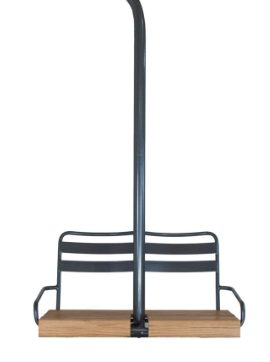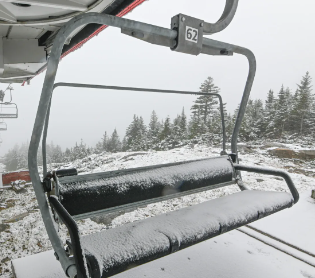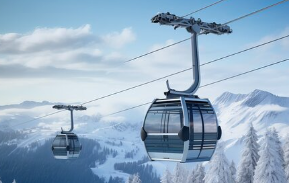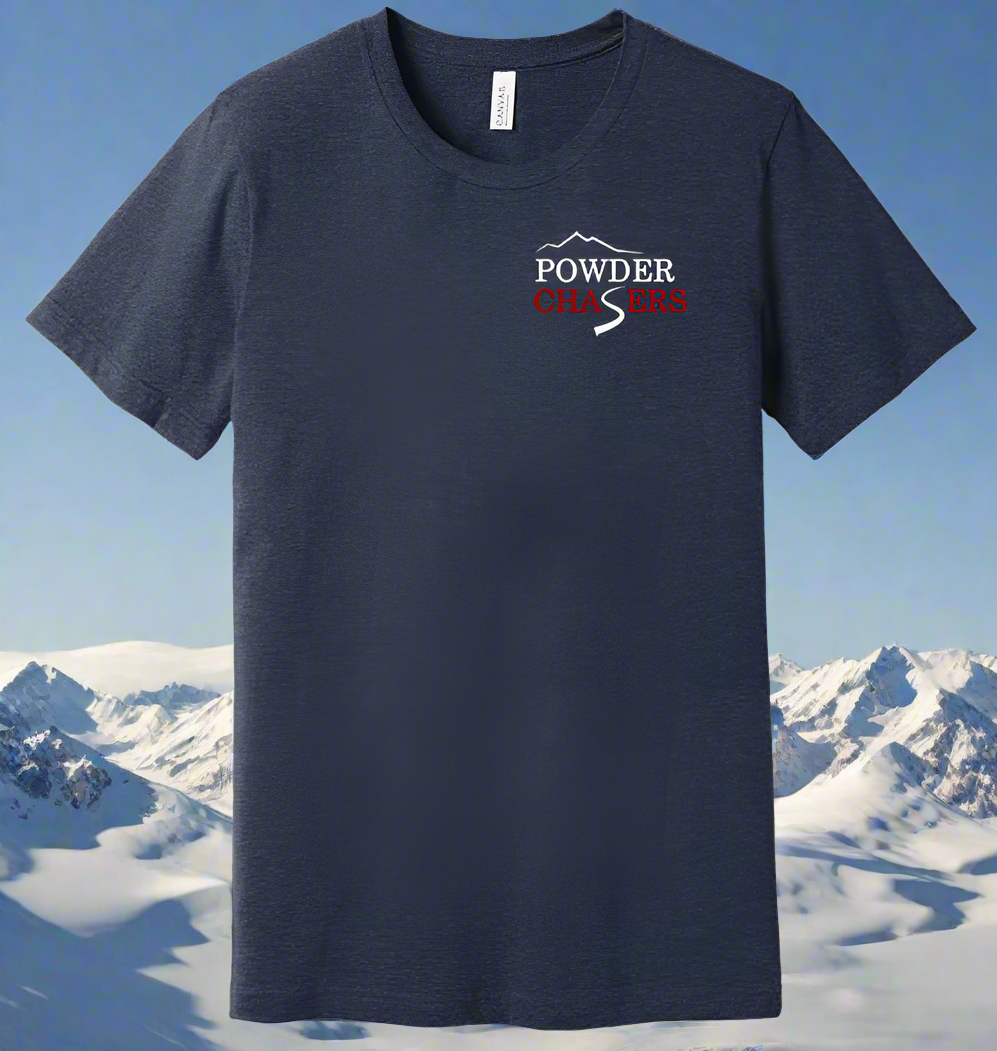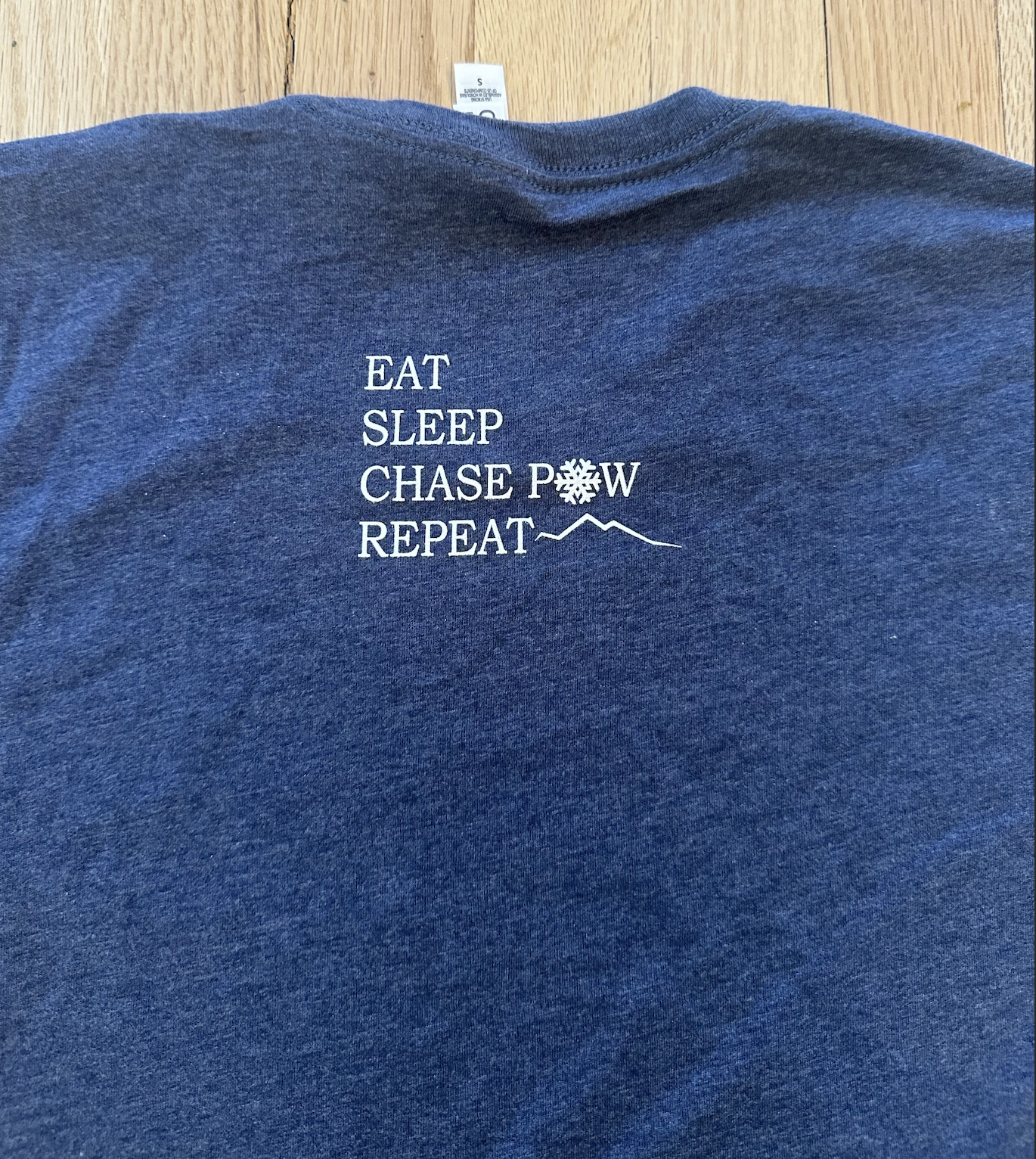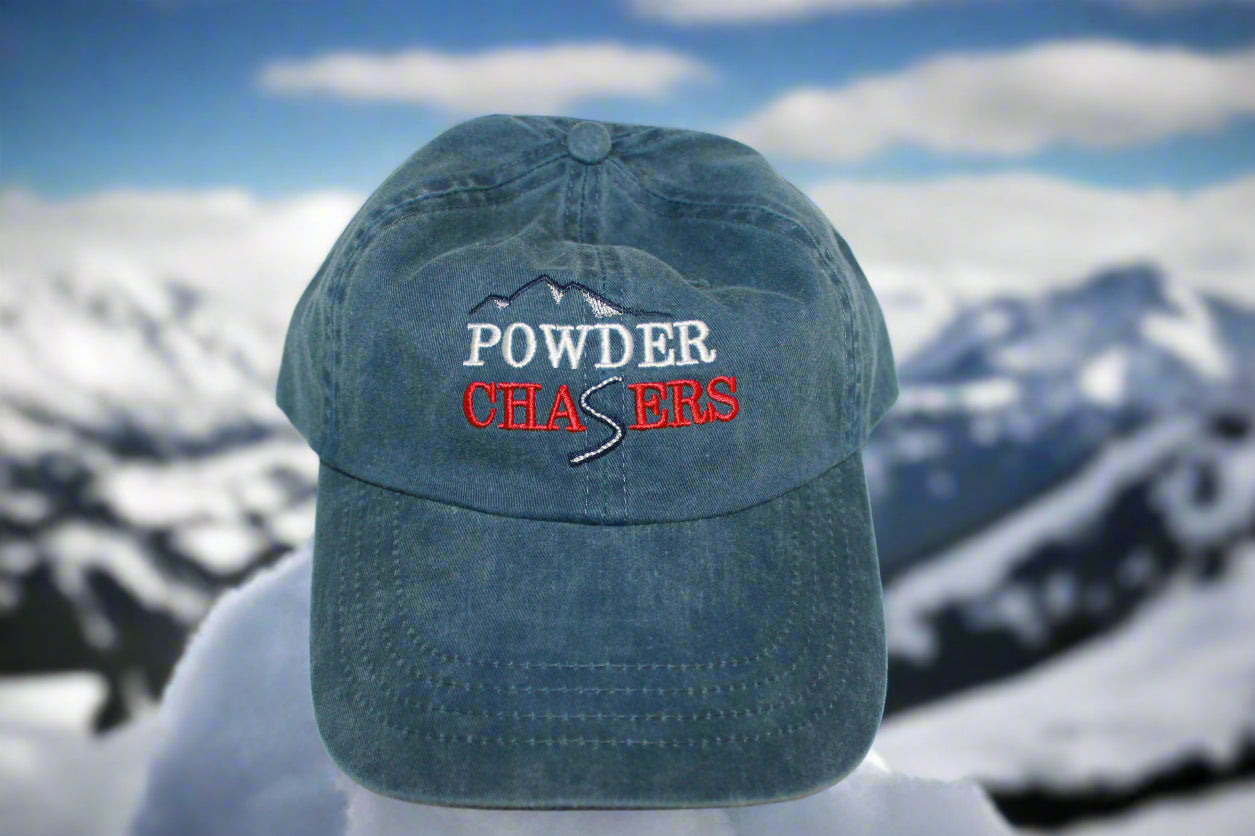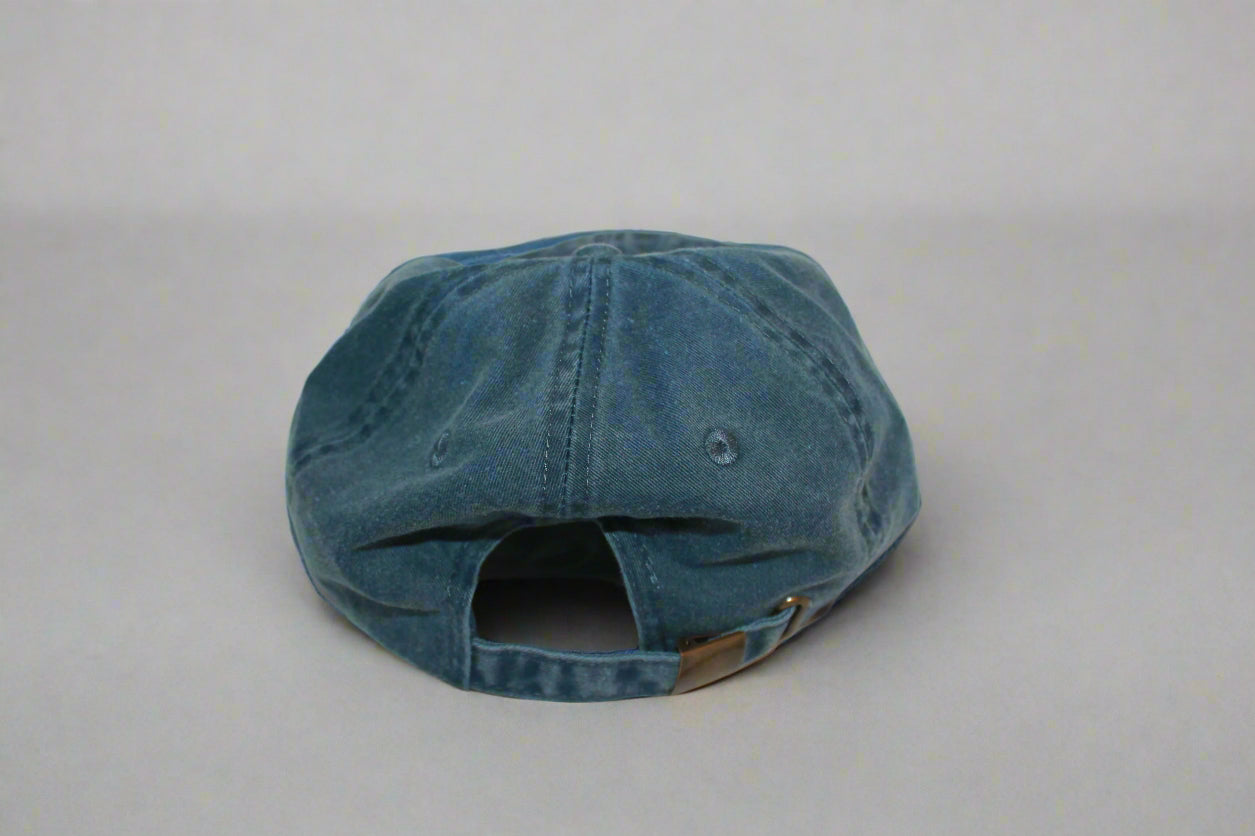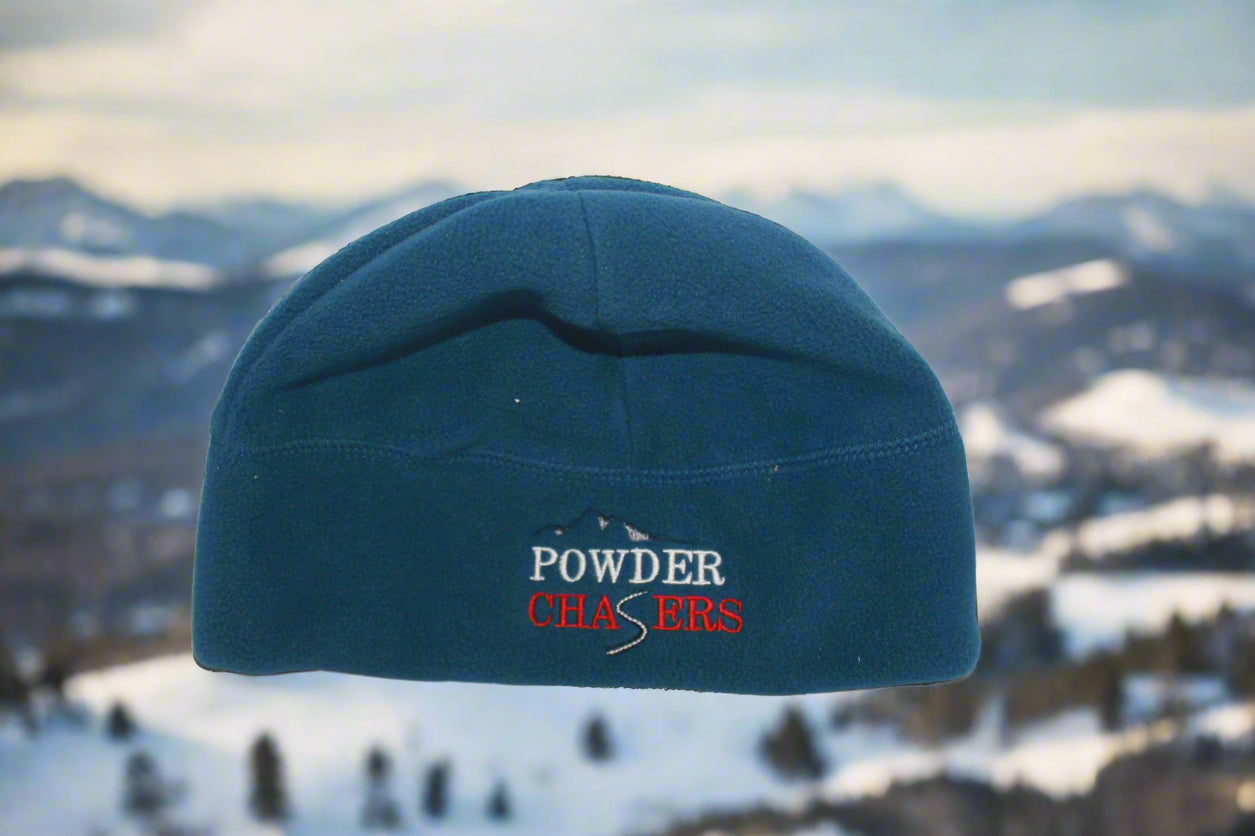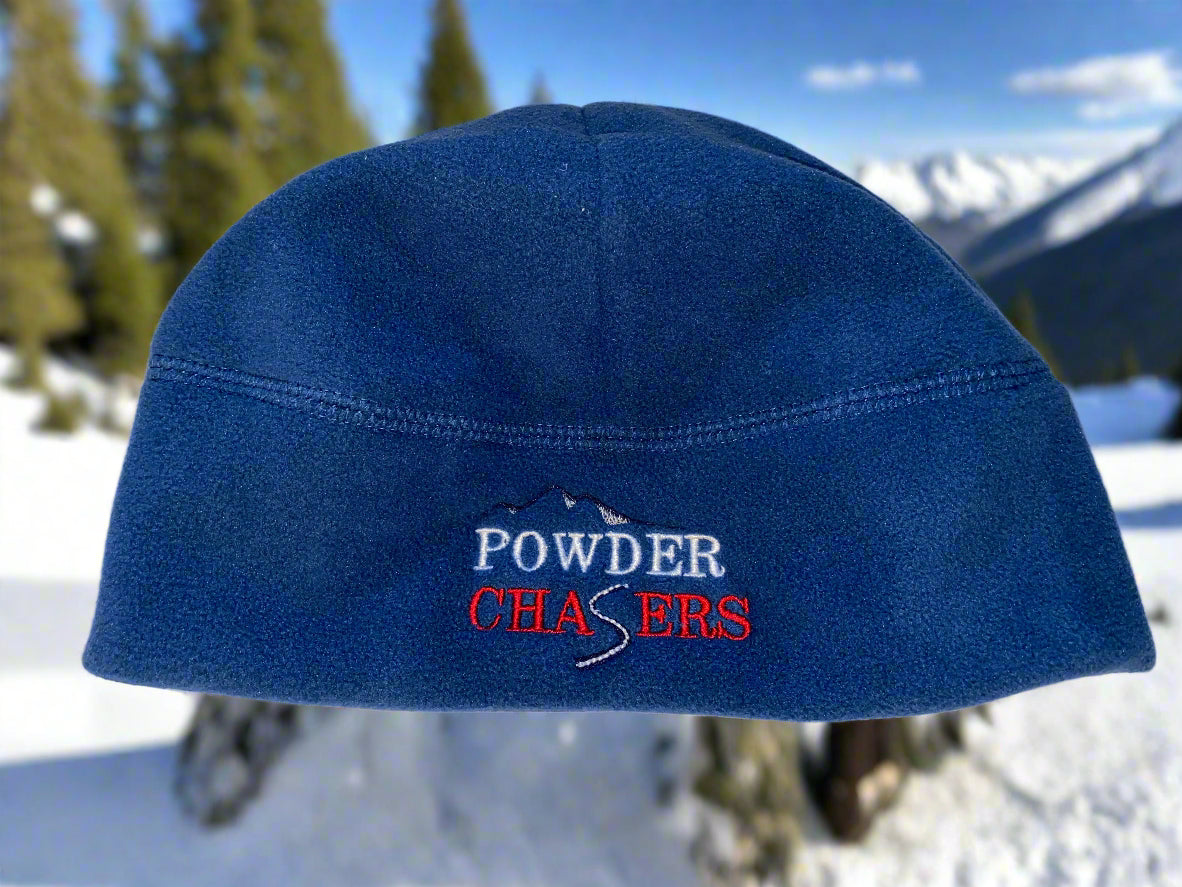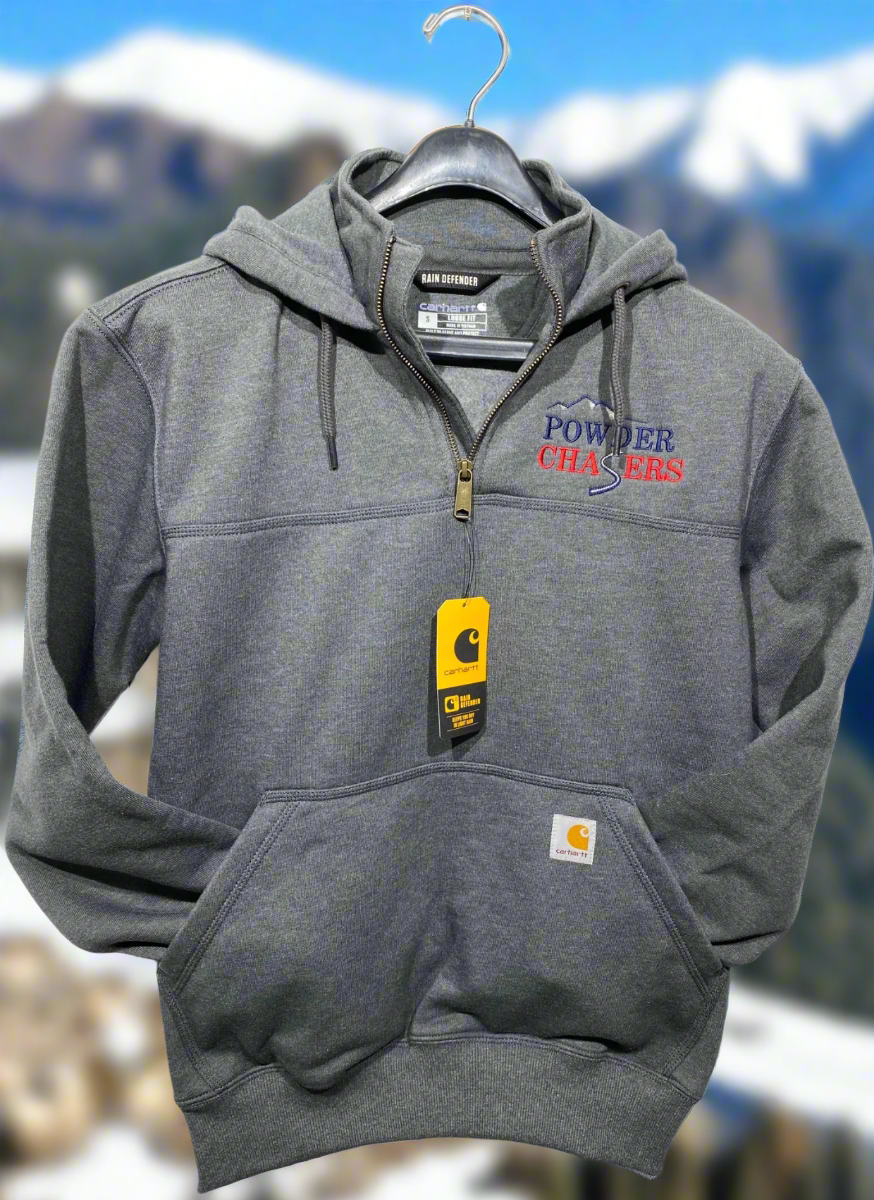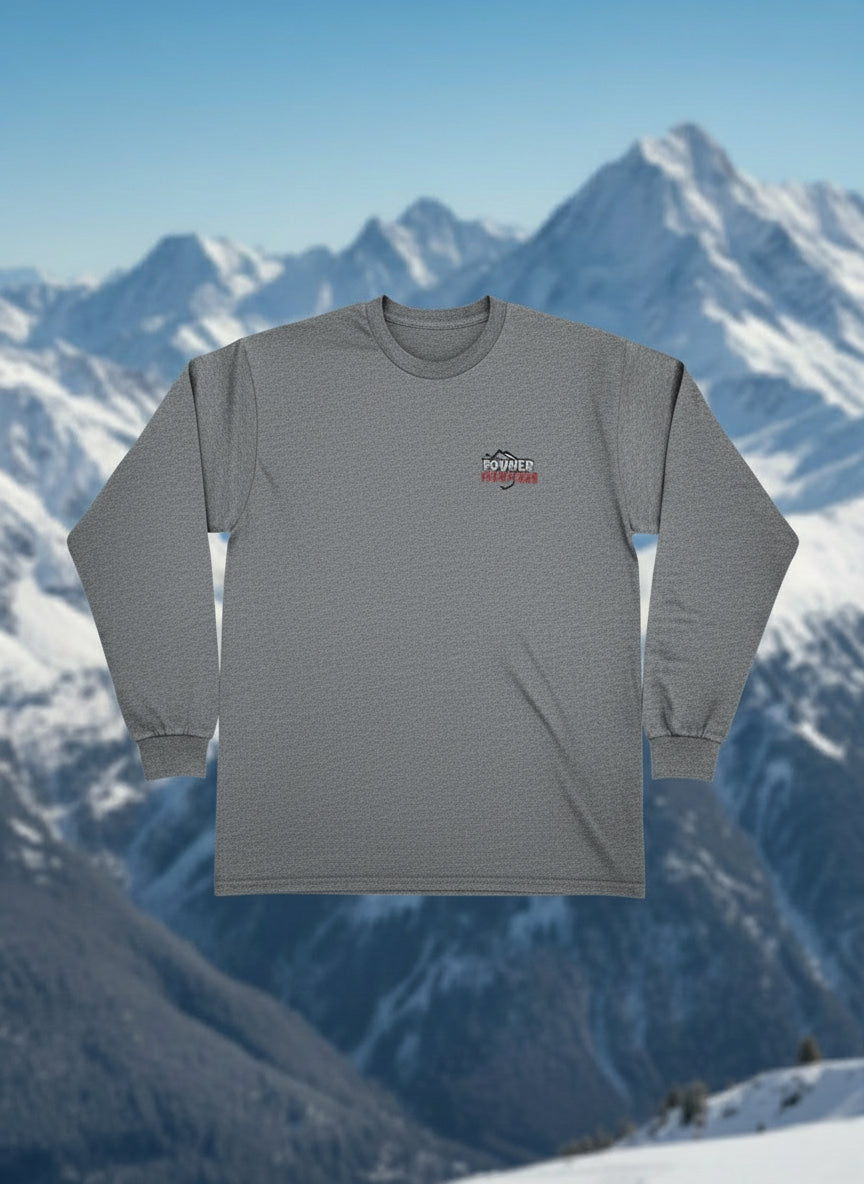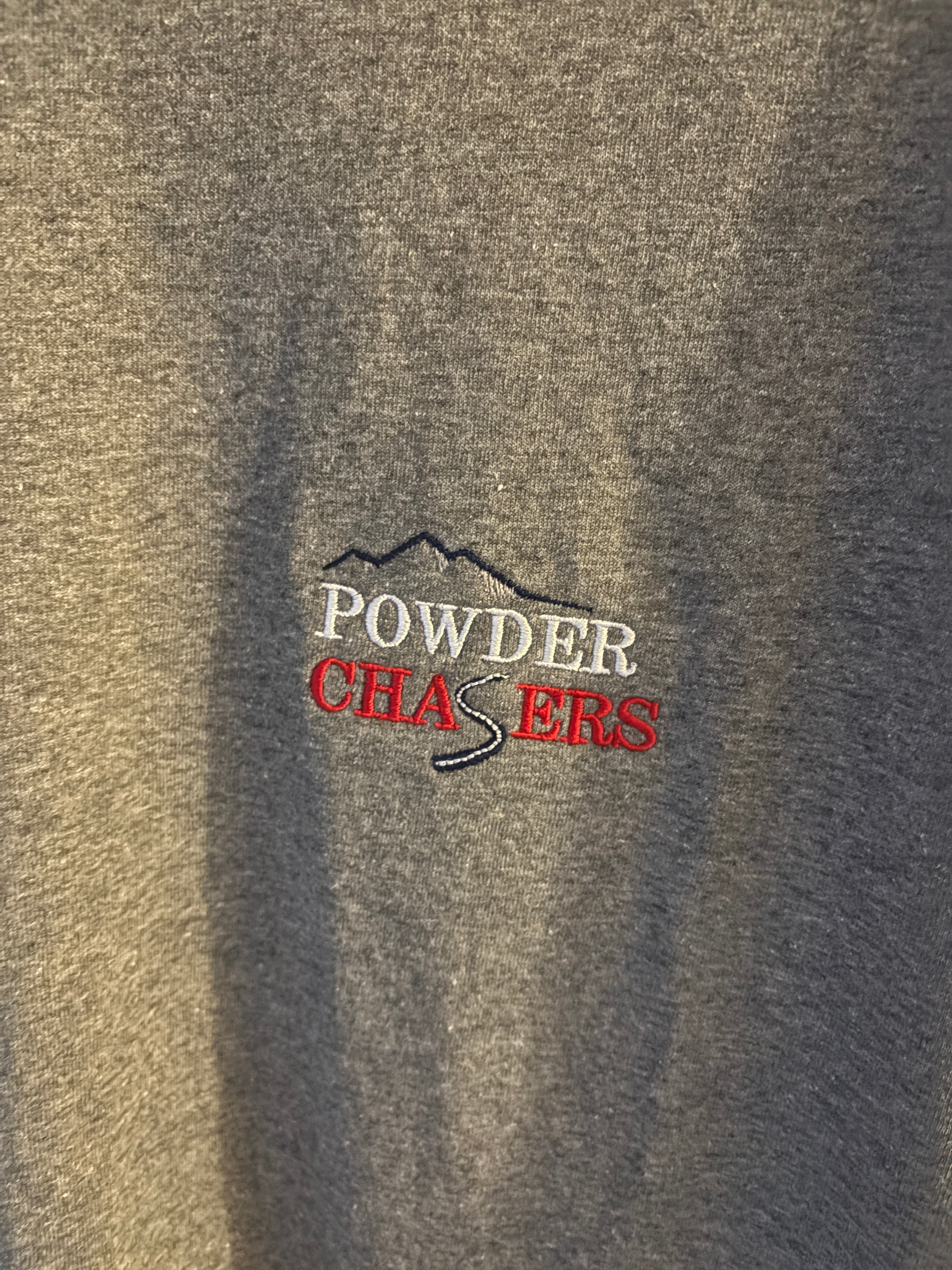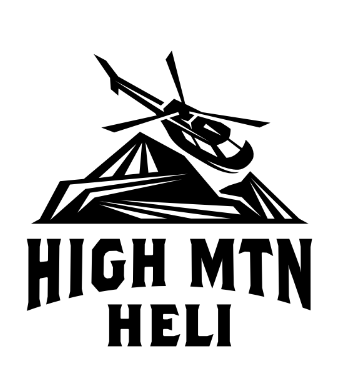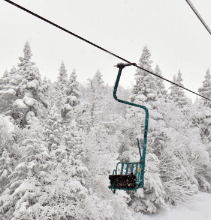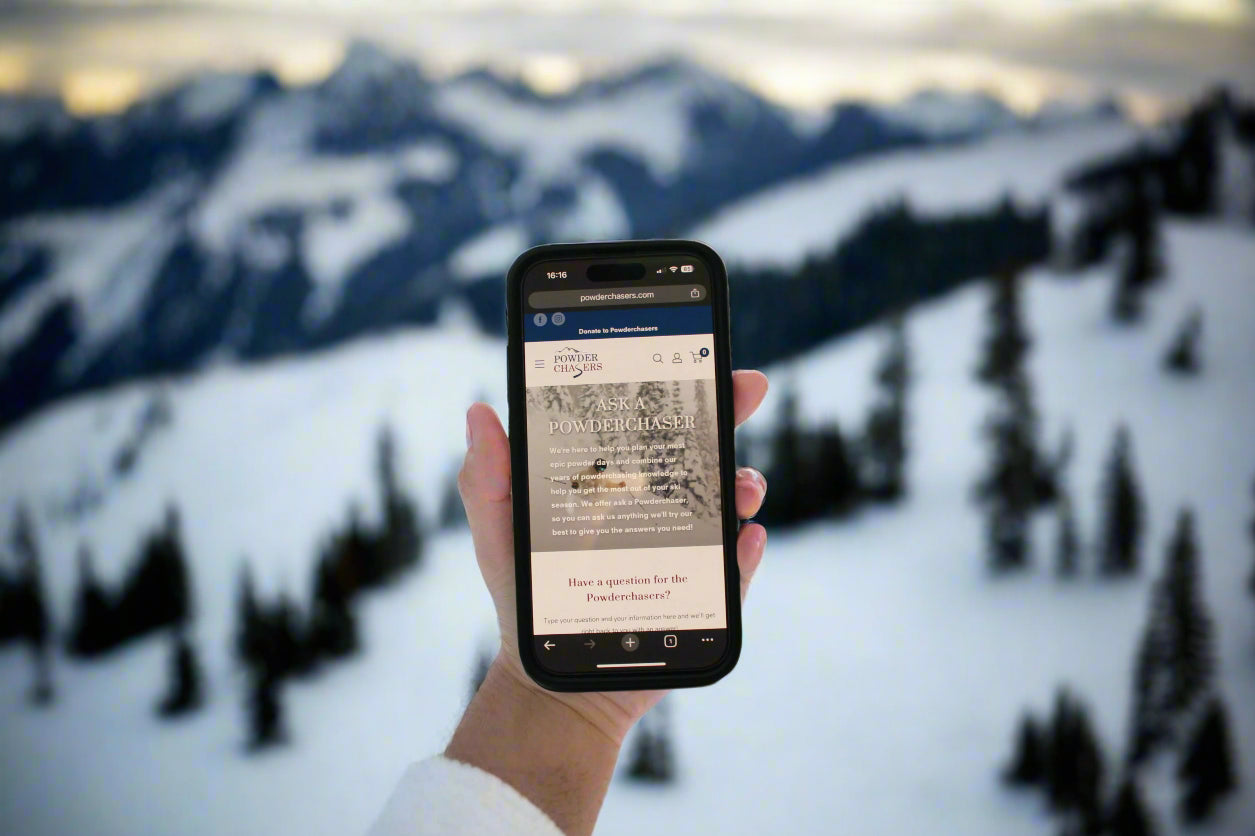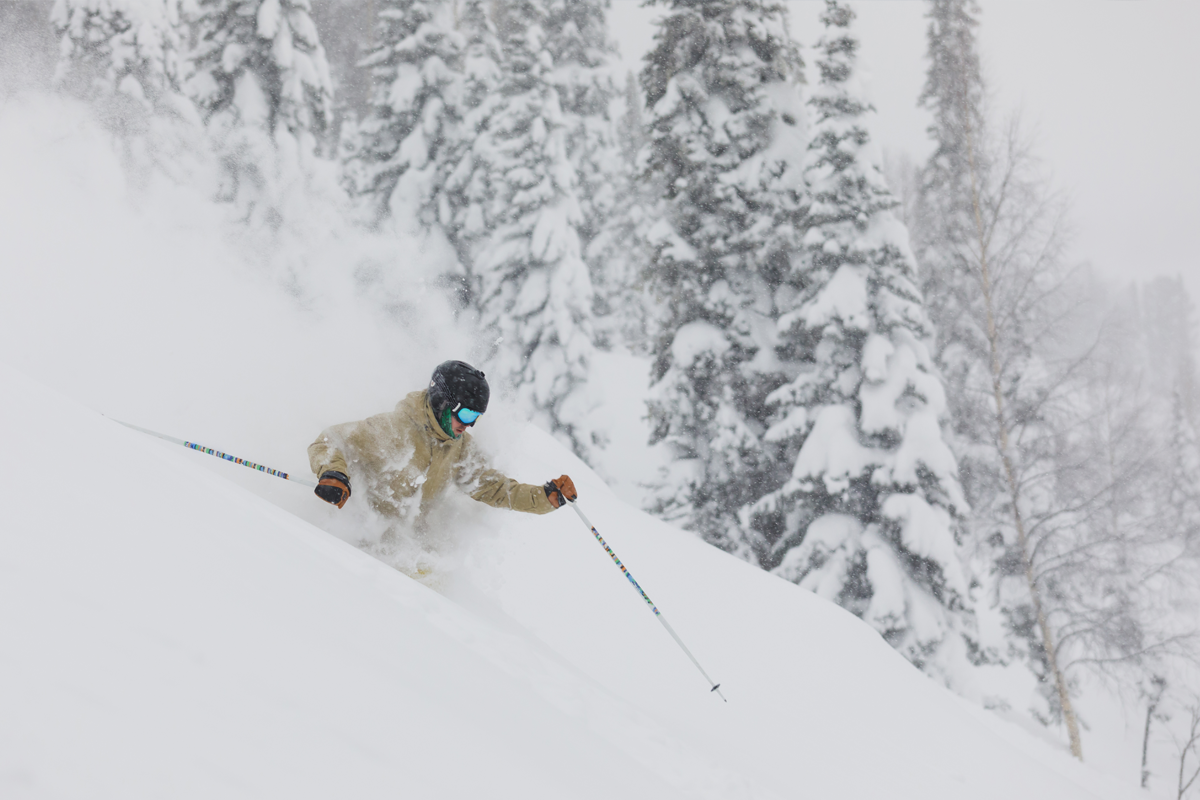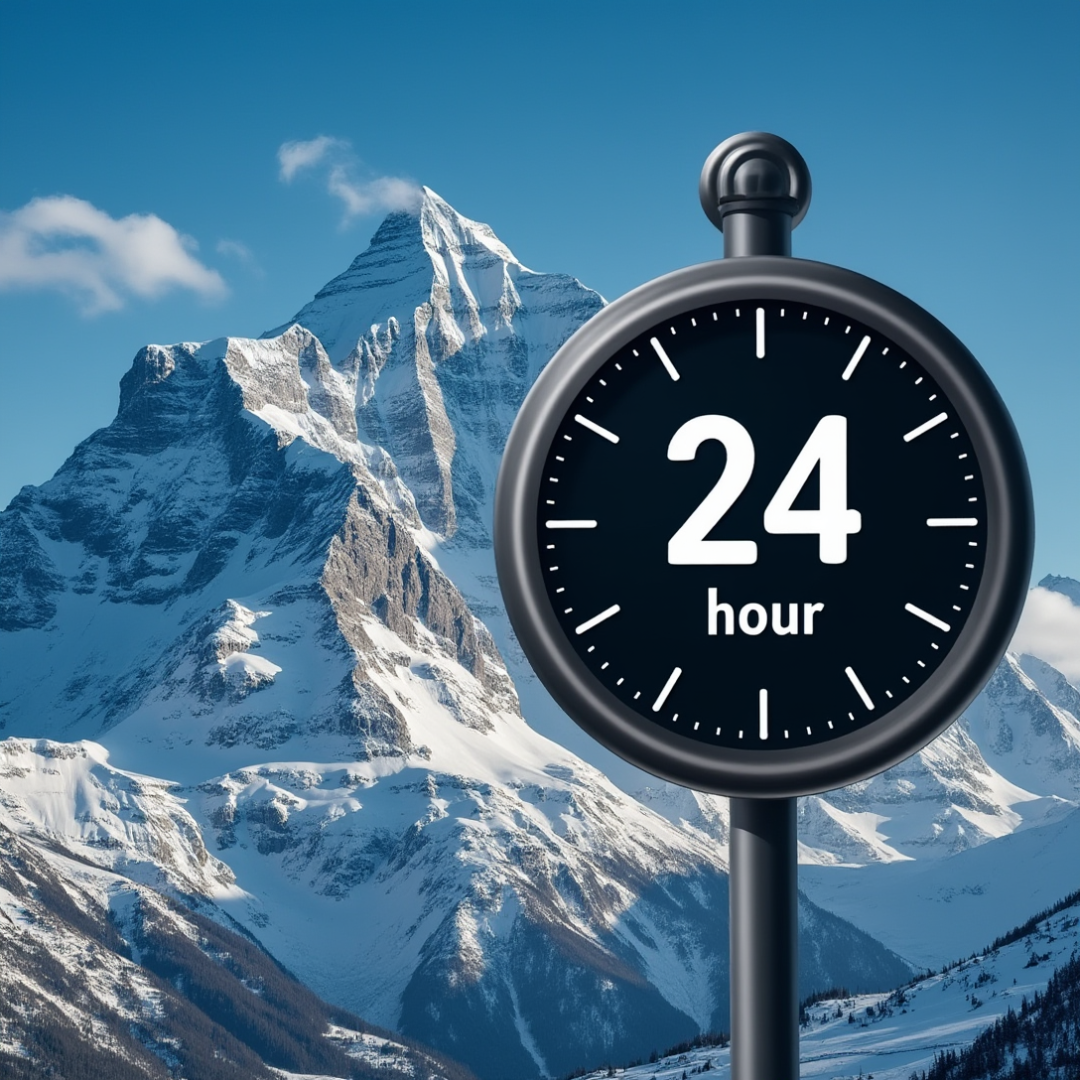It may be a little later than we wanted, but the past few days, combined with the next few days, should get most resorts in the Western US open with a solid amount of terrain. As of a week ago, things were bleak across the West. Outside of interior BC and Alberta, few resorts even had enough snow to open. Those that did had very minimal terrain. That has already started to change, with significant snow from the Northwest, to the Rockies, through the Southwest. We were lucky enough to catch the last big storm at Lake Louise, and Kicking Horse's opening day. Below is a picture from Lake Louise courtesy of our forecaster Luke (@lstone84 on Instagram)

Meanwhile, a massive storm is underway in the Sierra that will bring additional heavy snowfall to many of these areas. Even the long range appears to remain active through the end of the month, with some seriously cold air possible in the Northwest. You can already see the different in snowpack across the West in the SWE map from December 6th versus today.

(Images courtesy of NRCS)
The big winners with this current behemoth will be the Sierra and West Central Idaho, where they’ll be measuring in feet not inches through Tuesday. However, Utah, Arizona, Northern Idaho, Montana, and Colorado will see solid accumulations as well over the next couple days. With a growing base and expanding terrain, there may even be some decent early season chases out there. We have been on a massive fact finding mission the last few days, trying to find out how much snow does a given mountain/terrain area need, and when it might open if they get said snow. Rather than aiming for the morning after the deepest dump, it’s more of a strategic attempt to be at the resort that opens up good terrain fastest after the new snowfall. If that’s the case, you’ll want to read on for all the details. It certainly is challenging during the early season with a huge storm on our doorsteps when very few resorts and very little terrain are open. That’s not going to stop us from trying though, and hopefully it doesnt stop you either.
The main culprit for the snow the next few days is a strong atmospheric river, which you can see below.

(Image courtesy of Weatherbell)
This stream of moisture in the atmospheric is directed right at the Sierra. A low pressure system off the coast of California will help guide this river of moisture at California and then inland, toward Idaho, Wyoming, Utah, and Colorado. Below you can see the low tracking inland.

(Image courtesy of Weatherbell)
Finally, in this GOES_WEST water vapor imagery, you can see the low pressure streaming cold air (blue arrow) from the Gulf of Alaska into the Northwest, and moisture (green arrow) into California and then inland on a SW to NE trajectory.

All in all, this is a great recipe for widespread heavy snowfall, and that's exactly what we will see in the early part of this week.
We’ll take it state by state, focusing on the biggest snows/best chases. If we skip the details on your favorite mountain, send us a message and we’ll help you as best we can.
California
As is often the case, primarily due to its proximity to the ocean and lengthy north south oriented mountain range, the Bullsye is on the Sierra. With few resorts and minimal terrain open, this storm will really result in a zero to hero metamorphosis. The usual suspects, Mammoth, Kirkwood, Sugarbowl, Palisades, the higher resorts along the Sierra crest, should see the most snow. SEVEN FEET is definitely a reasonable summit snowfall prediction for these spots, with the possibility of breaking 100” remains. Lower down, you can expect 4-6 feet mid mountain ish and 3-5 near the base. As you move east, away from the crest, totals will decrease, as the spillover from the orographic effects lessens. Still, resorts on the western side of the lake will see anywhere from 3 to 6 feet from base to Summit. On the Wast side, resorts like Heavenly and Mt Rose will see 2-5 feet from base to summit. Atmospheric rivers account for a large percentage of the annual precipitation in the Sierra, and this fire hose is arriving just in time. There will barely be a break before another strong, but fast moving storm rolls through. Another 10-20” possible with this storm, and this may delay openings even further. We would not be surprised if resorts didn’t open until Thursday or even Friday.
Idaho
West Central Idaho, particularly in the Brundage/Tamarack area, has already seen 15-20” of snow. The storm is about halfway over in that area, with another 16-24 by Tuesday night. Neither Brundage or Tamarack are open yet, but this should set them up nicely for when they do. A little bit farther east, the currently operating with limited terrain Sun Valley has seen 6-10” so far, and with a low level SE wind developing, another 18-24” is likely through Wednesday. In Northern Idaho, Schweitzer received 20” of snow in the last few days, and should see another 5-10” through Tuesday. Schweitzer too has limited terrain, but the new snow in the next few days should allow some new openings.
Utah
Most resorts in Utah received 20-30” at the end of last week, helping expand the available terrain. Except for Alta, who opened most
Of their mountain last week, options are still quite limited though. Remnants of the California mega storm will fly through Utah Tuesday night, bringing a quick 12-18”. The NW flow favored Little Cottonwood Canyon resorts should do best with this one. We’ll be hoping for some new terrain on Wednesday.
Arizona
One of our favorite resorts, Arizona Snowbowl in Northern Arizona, for their first big storm
Of the season last week. 14” of new snow helped improve conditions and expand terrain. A quick hitting 8-15” should blanket the stratovolcano north of Flagstaff, with up to 18” at the summit. We’re always keeping an eye on this place for a possible chase.
Colorado
Colorado did really well from this last storm too, especially in the Southern San Juan’s. Wolf Creek, Telluride, Purgatory, and Crested Butte have all received over 30\" in the last week, while Aspen, Steamboat, Vail, and Breckenridge have piled up totals in the 20 inch range. The strong storm will being additional snowfall this week, once again with significant totals. Expect 1-2 feet for Wolf Creek, 8-14\" for Telluride, 8-12\" for Aspen, 6-10\" for Steamboat, and 4-8\" for Vail. For other resort specifics, reach out to us.
Wyoming
Although Wyoming has been out of the flow for the most part in the last week, light to moderate snowfall will help increase the snow depth in the Tetons. Several inches have already fallen with this storm at Jackson and Grand Targhee, and continued light to moderate snow, from both storms, will add up to respectable totals by later in the week. 18-24 inch totals will result in the Tetons from the two events combined.
Montana
Fo the most part, Montana has been a bit too far North and East to benefit from the current jet stream position. Teton Pass, however, received a foot over the last few days and plans to open this week. Light to moderate snow should help build the base at Big Sky this week also, with 8-12\" expected over the course of several days. Most Montana resorts should see light snowfall with modest accumulations this week as well.
Washington/Oregon
The Northwest has been slammed in the last few days too, especially at Baker and Whistler, where over two feet has fallen. Lesser, but still significant, totals have fallen in the Cascades as you head South. Baker will open for pass holders on Tuesday and to the public on Wednesday. If you have a pass to Baker, you need to be there. These totals have helped Crystal expand terrain, and should help other resorts open soon. While there will be a break in snowfall this week, there is another storm likely this weekend. We will have more details on that in a later post.
Long Range
In the long term, some of the teleconnections we monitor are looking favorable for continued snow and cold in the Western US. The MJO is basically a collection of clouds, rain, and winds that traverses the globe along the equator. It's position has a significant impact on the weather patterns at higher latitudes, like the Continental US. The MJO is forecast to move into phase 1, which is associated with above normal precipitation, as seen in the MJO Phase Precipitation Anomaly figure below.

Further, the Pacific North American Oscillation (PNA) is forecast to remain in the negative phase through the end of the month, as seen below.

(Image courtesy of Weatherbell)
A negative PNA pattern is associated with troughing over the Western US, as seen below.

(Image courtesy of KC Storm Front)
These are both great long range signals for cold and snow in the West.
Ok, that's is for today.
If you want to come chase the deepest powder with us, please sign up for the Powder Concierge program. We will help you find the deepest pow, whether its a planned

